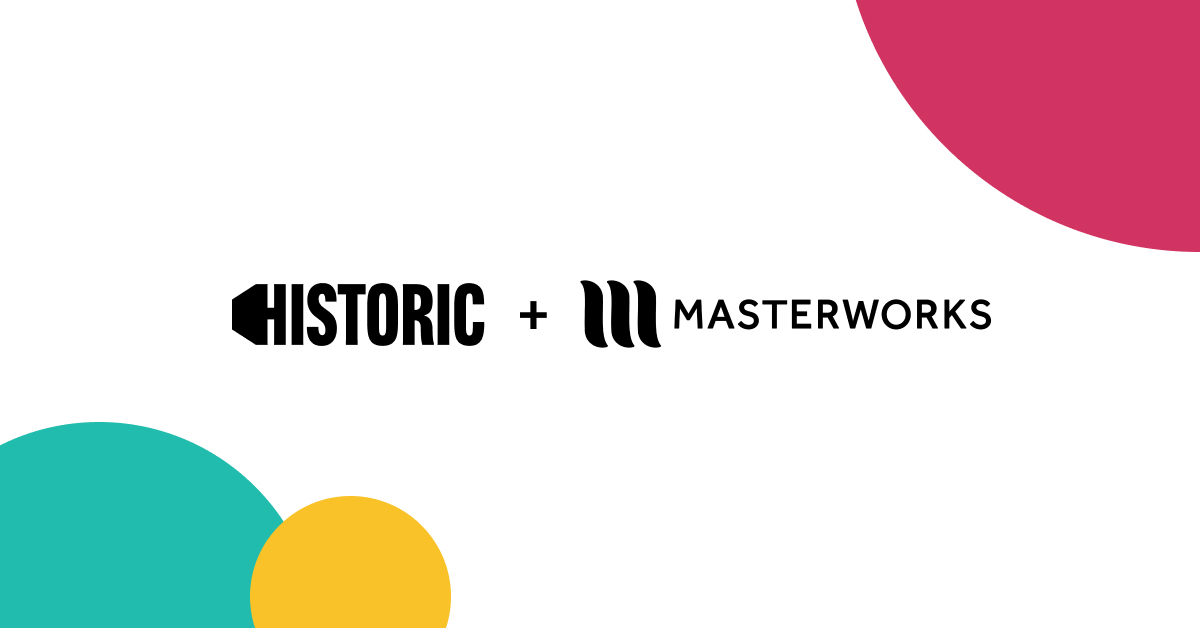What defines “good” design? If you think about products that you love interacting with, chances are they share something in common: they’re all pretty intuitive to use. They seem to just “fit” you. They’re easy to navigate, using them feels natural and comfortable, and they fit right into your lifestyle.
Great designers know that any successful product starts with a solid understanding of the user. In other words, good design starts off with empathy. Empathy can make all the difference between a great website or app, and one that people struggle to use.
What does empathy really mean?
Empathy can be defined as the ability to walk in someone else’s shoes—or to see the world through their eyes. It means feeling compassion for others’ struggles and caring for their needs.
In design, empathy means understanding what users will want from your product. It means figuring out how they want to interact with your product, and understanding what they need the product to do.
How can designers use empathy?
The key to using empathy as a design tool is pretty straightforward. You’ll need to spend time really thinking about your audience.
Who are you designing this product for? What characterizes your audience? What kind of product are they looking for? What motivates them?
You’ll want to avoid thinking in terms of simple demographics. This is not a data-driven process, so you’re not just crunching numbers. Rather, you’re trying to really get into your audience’s shoes and figure out what they want and need from your product.
Spend Time With Your Audience
If you’re lucky, you’ll be able to actually meet with some of your users in person. But if you can’t, then reach out to people on internet forums. Read online reviews. Comb through social media. Do whatever you need to do—just be sure to invest the time so that you’re able to get a solid understanding of your customers.
Make an Empathy Map
Once you get a sense of who your audience is, build a map of what motivates them. An empathy map describes your users’ common thoughts, feelings, actions, and statements. It allows you to identify their pain points: What’s frustrating them? What are their major concerns?
An empathy map also allows you to figure out their likely emotional response to your product. What kinds of things do they find irritating and confusing? What kinds of things make them feel happy and calm? Here’s a simple template to get you started.
Connecting the Dots
Empathy is an ongoing act. It should begin with your design process and continue throughout your project. That’s because understanding what makes your audience tick will help you craft the perfect product for them—one that’s easy to use, offers superior accessibility, and fits their needs.
Just as you begin the design process by getting to know your audience, you should continue to interact with your users as much as possible throughout the process. Seek out feedback once your product is complete. Figure out what works, and what could use improvement.
Empathy is an ongoing process that will ultimately lead to great design—and happier users!












